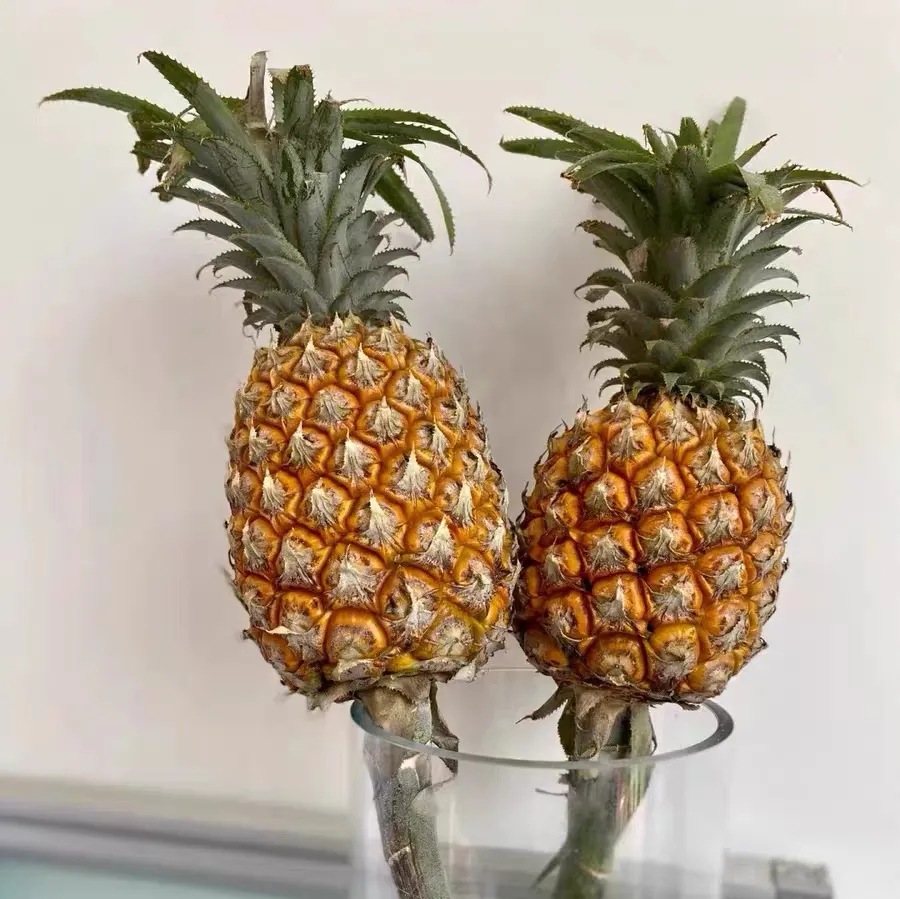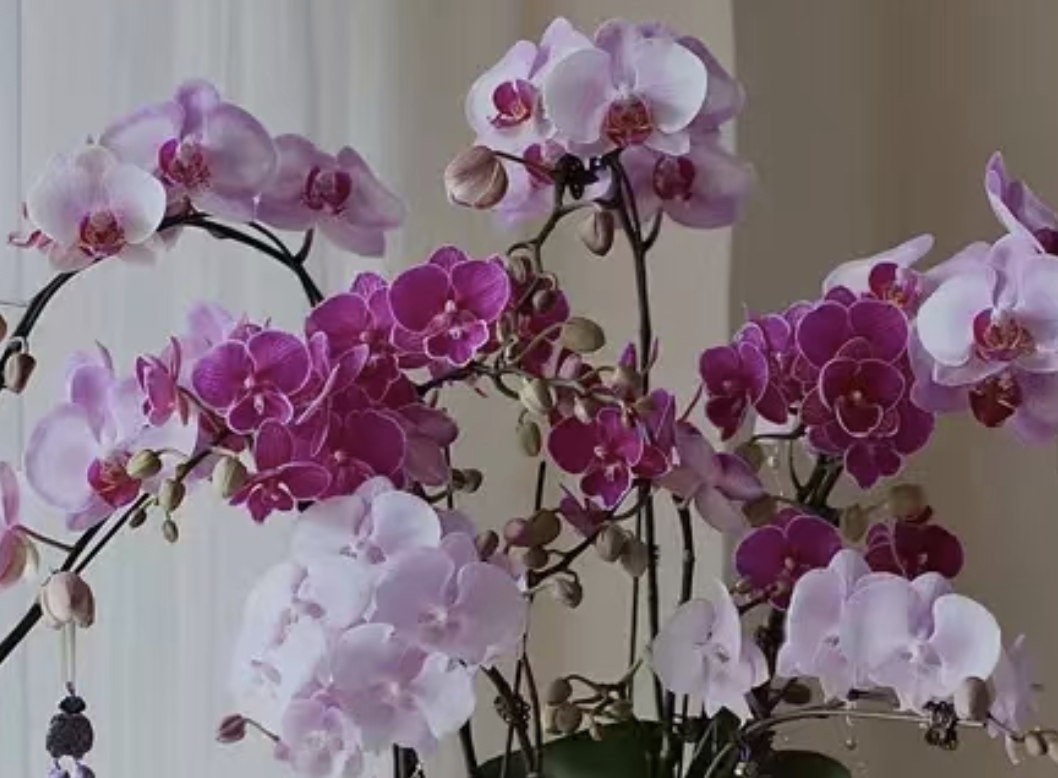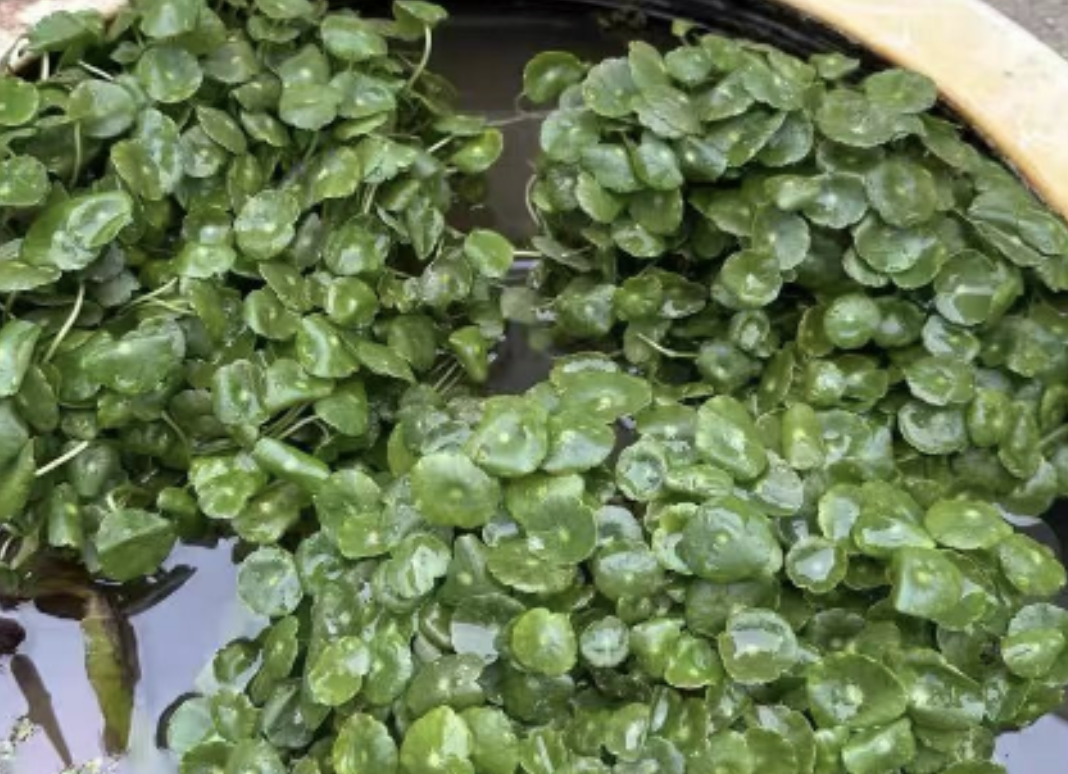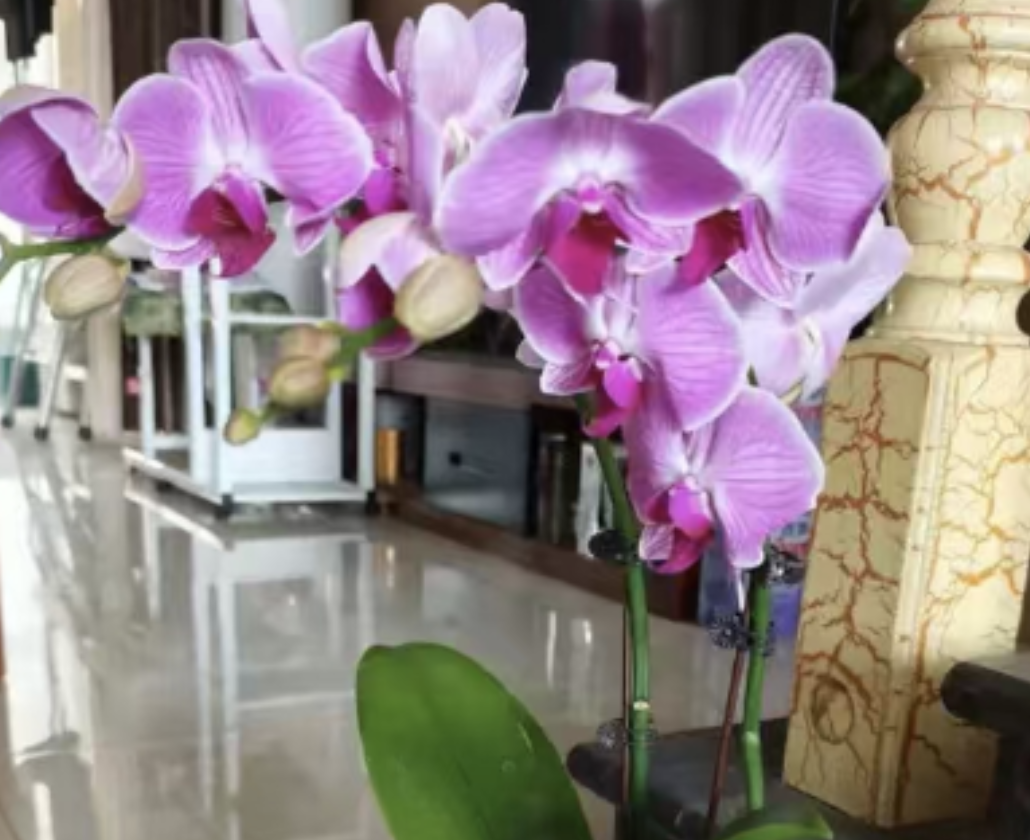Who’s still throwing away pineapple tops like garbage?! I’ve personally tested it—pineapple tops bought from the supermarket can grow fluffy white roots in water, and watching them sprout new leaves after being transferred to soil is so healing~ The key is, when the pineapples you grow at home ripen, their fragrance is 10 times stronger than those bought outside! Today, I’m sharing the guide from struggling with rotten roots to successfully growing a dense root system, so even beginners can easily replicate it.
I’ve tried answering these burning questions for you!
“Is the fuzz growing at the bottom mold?”
“What to do if it wilts just the second day after soaking?”
“Does hydroponics need to be kept away from light?”
As someone who’s been through it, I must say: Do these steps right, and pineapple tops are easier to care for than succulents!
Preparing materials is super simple!
Leftover pineapple top (choose one with green leaves and a firm core! Avoid floppy ones)
Transparent glass bottle/milk tea cup/yogurt cup (just wash them, recycling is super eco-friendly)
Water (tap water needs to be left to sit for 1 day to remove chlorine, otherwise it will damage the roots)
Scissors/utility knife (for handling the pineapple top)
5-step hydroponic method! From pineapple top to dense roots in just 30 days
Topping treatment: Removing the flesh is key!
Leaving too much flesh will definitely cause root rot! Twist off the pineapple top, or cut off the top 3cm with a knife. Peel off the old leaves at the bottom to expose the white stem (like “taking off a coat” for the pineapple top)~
Drying the wound: Wait patiently for 2 days
Place it upside down in a ventilated area to dry for 2 days, letting a “protective film” form over the wound before hydroponics—this doubles the success rate! Don’t skip this step in a hurry, otherwise it’ll easily smell bad and rot.
DIY hydroponic tool: Elevate to avoid soaking leaves
Stick toothpicks diagonally into the stem, placing it on the bottle mouth so the roots just touch the water surface (important: never let the water submerge the leaves! They’ll rot!) The transparent bottle lets you check root growth anytime, which is super satisfying~
Water change: Change frequently in the first two weeks
First two weeks: Change water every 2-3 days, and rinse off the mucus from the roots (too much mucus causes rot)
After roots grow: Change water once a week, add 2 drops of nutrient solution (white roots will grow faster and denser!)
Light: Bright place, no direct sunlight
Put it by a window with scattered light, avoiding direct midday sun! You’ll see small white roots sprouting in 2 weeks, and a fluffy root system in 4 weeks~ Watching the roots grow every day is super relaxing!
First-aid guide! These are the pitfalls I’ve stepped into
Root rot and bad smell? Save it immediately!
Cut off the blackened roots, soak in carbendazim for 10 minutes to sterilize, change to a clean container and water, and place in a ventilated area for 2 days to recover~
Yellow leaves? Check the water level!
Most likely, the water is submerging the leaves! Pour out excess water, move to a low-light area for 1 week, and trim the yellow leaves to recover~
Stuck and not rooting? Dark stimulation method!
Cover the bottle with a black plastic bag to create a dark environment—this stimulates rooting in 3-5 days, personally tested effective!
Advanced tip: Transfer to soil after hydroponics, and it’ll bear fruit in 2 years!
Don’t throw it away after successful hydroponics—transferring to soil lets it grow to fruiting!
Choose breathable nutrient soil, plant with half the roots buried, keep the soil moist but not waterlogged.
Fertilize once a month with special pineapple fertilizer (or fermented rice water) for greener leaves.
In warm southern regions, it can really flower and fruit in 2-3 years! For sisters in the north, it’s still a beautiful foliage plant~
Little bonus: Place the hydroponic pineapple cup on your desk or windowsill. Watching the small white roots grow longer and denser, and new leaves sprout little by little, is super relaxing when you’re tired from work or study~
When the small pineapple ripens, the whole house will be filled with a sweet fragrance. Who knows the joy of picking and eating it fresh! The leftover pineapple top can be replanted again—it’s like an “everlasting” flower-growing cycle~
Don’t waste pineapple tops this summer! Follow these steps, and even beginners can easily grow their own pineapples~
The simplest method for hydroponic cultivation of pineapple tops

Share with
Tagged in :




Leave a Reply